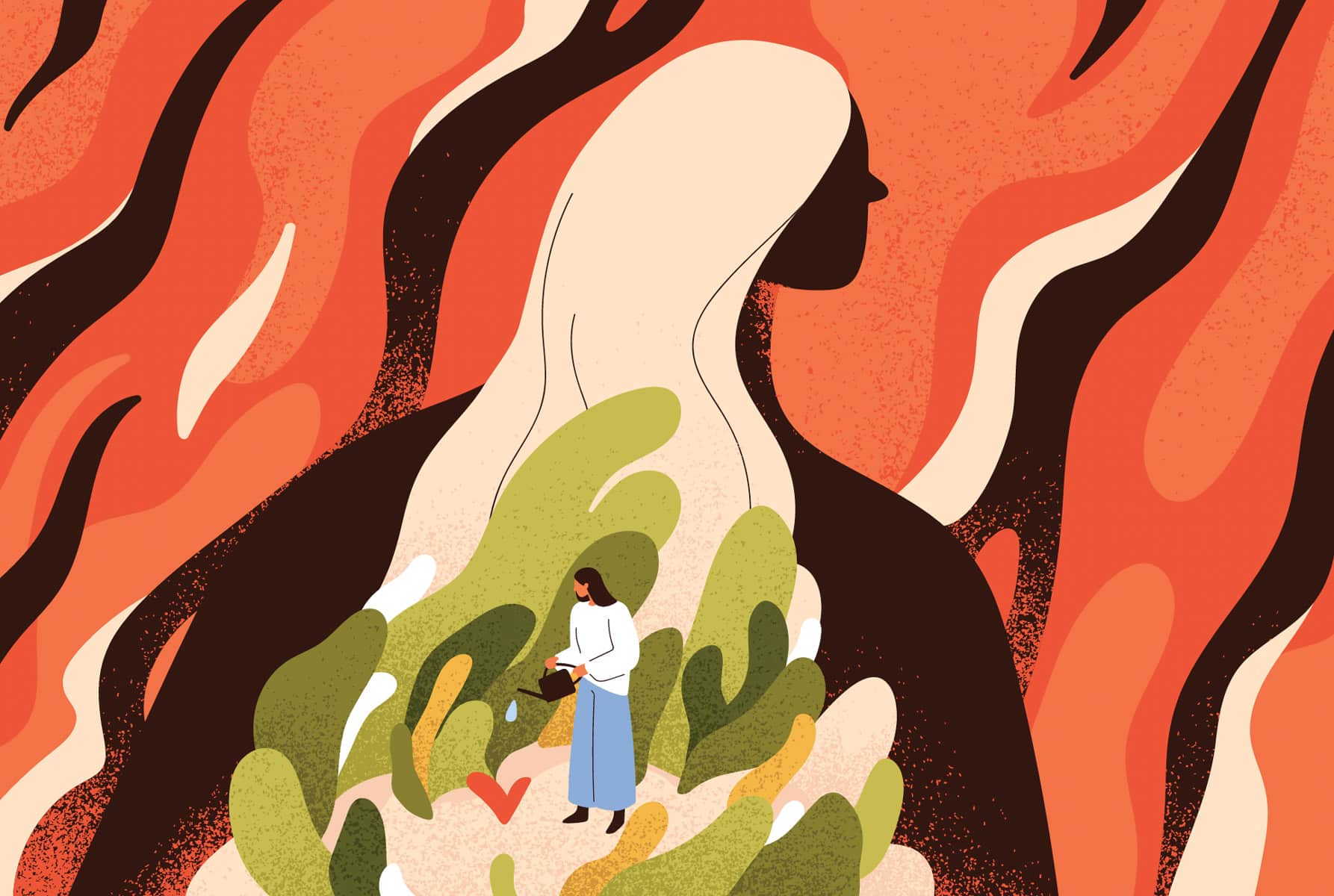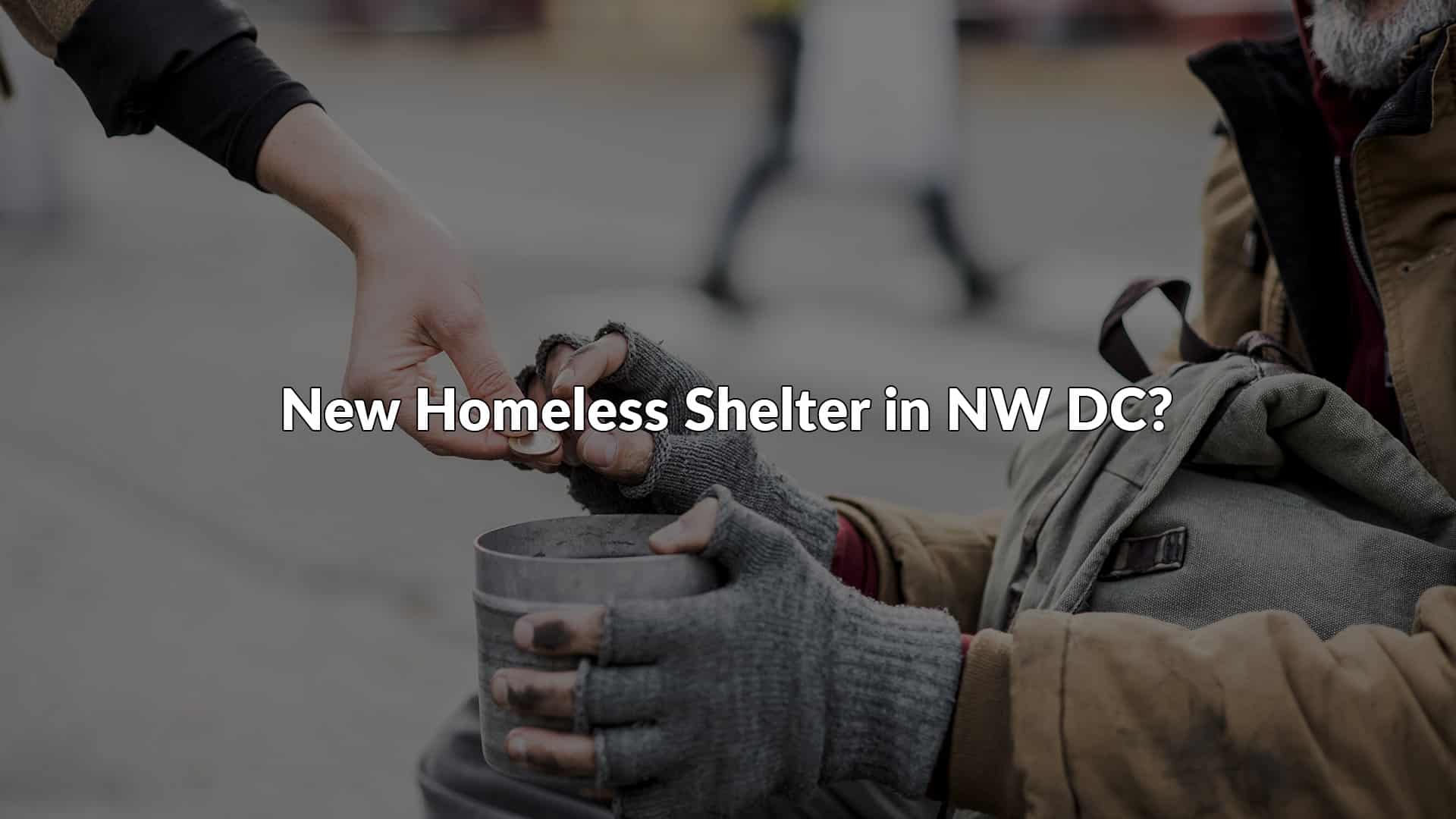By Danielle Baron
Because human trafficking happens covertly and the amount of public information on the prevalence of human trafficking is limited, it is important to understand the data and trends we do have available. This includes analysis of the annual Federal Human Trafficking Report (FHTR) and the U.S. Trafficking in Persons Report (TIP Report).
On Monday, June 5, 2023, the Human Trafficking Institute (HTI) released the 2022 FHTR, which provides comprehensive data from every federal human trafficking prosecution filed since 2000 [1]. HTI is the only organization to compile statistics from every human trafficking case involving criminal charges in the U.S. federal court system since the Trafficking Victims Protection Act of 2000 (TVPA) formally established human trafficking as a federal crime [2]. Although the FHTR does not indicate the prevalence of human trafficking in the U.S. nor reflect the prosecutions that take place at the state court level, this project is imperative to evaluating how well the federal system addresses human trafficking and holds traffickers accountable [3].
HTI publishes the FHTR annually as “a tool for justice sector professionals, government agencies, and everyday advocates to understand the U.S. federal response to human trafficking” and to help improve the U.S. justice system’s response to human trafficking [4]. Not to mention it is also an excellent avenue for general awareness and education on the topic of human trafficking in the U.S. After all, well-informed policy makers create better laws, and educated attorneys can better leverage existing laws to stop human trafficking.
According to the FHTR, there were 183 new criminal cases of human trafficking filed by prosecutors in the federal court system in 2022, which is a 24% decrease from 2021 [5]. Only five of those 183 new cases of human trafficking were forced labor cases, whereas 178 were sex trafficking cases [6]. There was also a 37% decrease in the number of new defendants charged in 2022 compared to 2021 [7]. Notably, in the 178 sex trafficking cases filed in 2022, the primary method traffickers used to exploit survivors and seek new business was the internet [8].
There was only one new sex trafficking case in the U.S. District Court for the District of Columbia [9]. There were more new cases in our neighboring jurisdictions; Maryland saw two new sex trafficking cases, and the Eastern District of Virginia, which includes Alexandria, Newport News, Newport, and Richmond, had nine [10]. The Western District of Virginia did not have any new sex trafficking cases [11].
What’s different this year about the FHTR is that, to help make it more user-friendly, the information contained in the FHTR has been divided into smaller, more digestible sections (e.g., criminal cases, defendants, victims, types of charges, disposition and sentencing, appeals, etc.) and several new data fields have also been added, including the identification of the rideshare or payment platform company used in the trafficking scheme [12]. Uber and Lyft were the most common rideshares used to transport survivors during their trafficking victimization; since 2019, the FHTR has identified 34 instances where Uber was used, and Lyft was identified 7 times [13]. Greyhound buses, the D.C. Metro, and Amtrak train lines were also common forms of transportation traffickers used to transport survivors [14].
In the new human trafficking cases in 2022, 35% of survivors identified as women and 26% girls [15]. There were zero adult male survivors and only 4% were male minors [16]. However, due to the lack of publicly available information, the age and gender of many survivors cannot be determined; 31% had unknown gender and age [17]. Moreover, public sources rarely reveal information about gender identity or sexual orientation and no new survivors self-identified as LGBTQ, so the number of persons within the LGBTQ+ community who are impacted by human trafficking may be underrepresented [18]. Although information was insufficient to identify a method of recruitment for 74% of sex trafficking survivors, the most common methods of recruitment were via a pre-existing relationship (e.g. family or partner), via promise of a job offer, through payment for sex, by promise of material possessions, and by promise of shelter [19]. The top three online platforms used by traffickers for recruitment from 2019 to 2022 were Facebook, Snapchat, and Instagram [20]. Of the new cases in 2022 involving multiple defendants, one case was identified as involving gang-directed sex trafficking, and one case was identified as involving an organized criminal syndicate [1]. However, the majority (83%) of sex trafficking cases filed in 2022 involved a trafficking structure that included only one defendant [22].
In addition to its data on domestic federal prosecutions of human trafficking, the 2022 FHTR provides some international trafficking data, namely for the Governments of Uganda and Belize [23]. However, there is another annual report on human trafficking that more clearly illuminates the impact of human trafficking on our global community. Federally mandated by the TVPA and released by the U.S. Department of State, the TIP Report [24] evaluates global anti-trafficking efforts and ranks countries into three tiers based on whether the countries have met the TVPA’s minimum standards for the elimination of trafficking in persons [25]. These standards include the prohibition and punishment of severe forms of trafficking in persons, the serious and sustained effort to eliminate such acts, the proscription of punishment for sex trafficking commensurate with that for other grave crimes, such as forcible sexual assault, and the proscription of punishment for human trafficking that is sufficiently stringent to deter and that adequately reflects the heinous nature of the offense [26]. The TIP Report also enumerates several indicators of “serious and sustained efforts [27].” These include whether the government of the country “vigorously investigates and prosecutes acts of severe forms of trafficking in persons, and convicts and sentences persons responsible for such acts, that take place wholly or partly within the territory of the country, including, as appropriate, requiring incarceration of individuals convicted of such acts [28].”
The minimum standards focus primarily on the punishment of traffickers, but the tier placement is also based on an assessment of a government’s “funding and partnerships with NGOs to provide victims with access to primary health care, counseling, and shelter;” a government’s victim protection efforts; “the extent to which a government ensures victims are provided with legal and other assistance and that … proceedings are not prejudicial to victims’ rights, dignity, or psychological well-being;” “the extent to which a government ensures the safe, humane, and to the extent possible, voluntary repatriation and reintegration of victims;” and any “governmental measures to prevent human trafficking, including efforts to curb practices identified as contributing factors to human trafficking [29].” Therefore, if a government is making efforts to address the issues that make people vulnerable to trafficking, such as poverty and systemic racism, this would be considered in the tier placement evaluation.
The 2022 TIP Report notes that although the U.S. meets the minimum standards and remains a Tier 1 country, many survivors continue to be arrested for the unlawful acts traffickers compelled them to commit, and some survivors serving as victim-witnesses against their traffickers did not receive needed protections during their case [30]. For example, advocates reported that the government effectively denied the protections of relocation and living expenses for those victim-witnesses that were vulnerable to retaliation from traffickers, increasing their instability and vulnerability to re-trafficking [31]. Advocates further noted cases where law enforcement used access to victim services as a tool to secure victims’ cooperation and deprioritized the protection of victim-witnesses as the case progressed [32]. It is for these reasons that Amara provides victim witness advocacy services. It is our goal to ensure that survivors’ rights are respected while they are testifying and serving as witnesses against their traffickers. With our victim witness advocacy services, survivors receive support from Amara attorneys throughout the process of filing police reports, preparing to testify in court, requesting restitution, and drafting victim impact statements.
Additionally, the Trafficking Survivors Relief Amendment Act of 2018 allows for survivors of sex trafficking in the District of Columbia to vacate their convictions and expunge or seal criminal records for certain offenses committed as a result of their trafficking [33]. This legislation recognizes that “convictions arising from conduct that was the direct result of being a victim of trafficking are essentially wrongful convictions” and that “[i]nstead of sealing the records for those convictions, the best remedy is to nullify the conviction altogether. [34]” Survivors of trafficking with criminal records in D.C. can contact Amara for advice and/or representation regarding their options to vacate their convictions or expunge their criminal charges.
The recently released June 2023 TIP Report is much shorter than the July 2022 TIP Report, but features insights from survivors, and introduces a new addition to the TIP Report: a list of foreign governments identified during the previous year as having governmental armed forces, police, or other security forces, or government-supported armed groups that recruit or use child soldiers, as defined in the Child Soldiers Prevention Act [35]. According to the 2023 TIP Report, 2022 saw a significant increase in trafficking prosecutions with at least 15,159 new prosecutions and 115,324 survivors identified worldwide [36].
These essential reports inform Amara’s work as advocates for survivors of sex trafficking in the D.C.-metro region. If you or your organization is interested in learning more about human trafficking, please reach out to Amara to learn about our human trafficking trainings and workshops.
[1] HUMAN TRAFFICKING INST., 2022 FEDERAL HUMAN TRAFFICKING REPORT 9 (2023) [hereinafter 2022 FHTR], accessible at https://traffickinginstitute.org/federal-human-trafficking-report/.
[2] Id.
[3] Id.
[4] Federal Human Trafficking Report, HUMAN TRAFFICKING INST. (2023) (emphasis added), https://traffickinginstitute.org/federal-human-trafficking-report.
[5] 2022 FHTR, supra note 1, at 3.
[6] Id.
[7] Id.
[8] Id.
[9] Id. at 181.
[10] Id. at 182-83.
[11] Id.
[12] Id. at 9.
[1]3 Id. at 72.
[14] Id.
[15] Id. at 35.
[16] Id.
[17] Id. at 35-36.
[18] Id. at 36.
[19] Id. at 61.
[20] Id. at 60.
[21] Id. at 56-57.
[22] Id. at 56.
[23] Id. at 143.
[24] U.S. DEP’T OF STATE, TRAFFICKING IN PERSONS REPORT (2022) [hereinafter 2022 TIP Report], accessible at https://www.state.gov/wp-content/uploads/2022/08/22-00757-TIP-REPORT_072822-inaccessible.pdf.
[25] Id. at 69; Paulina Andrews & Emily Tegley, 2022 Trafficking in Persons (TIP) Report (Aug. 16, 2022), https://sharedhope.org/2022/08/16/2022-trafficking-in-persons-tip-report/.
[26] 2022 TIP Report, supra note 25, at 58.
[27] Id. at 60-61.
[28] Id. at 60.
[29] Id. at 52, 54 (emphasis added).
[30] Id. at 574-581.
[31] Id. at 577.
[32] Id. at 575.
[33] Id. D.C. Law 22-279.
[34] Id. D.C. Council Committee Report on Bill 22-0329 at 21 (Sept. 20, 2018).
[35] Id. U.S. DEP’T OF STATE, 2023 TRAFFICKING IN PERSONS REPORT 42-48, 65 (2023) [hereinafter 2023 TIP Report], accessible at https://www.state.gov/wp-content/uploads/2023/06/Trafficking-in-Persons-Report-2023.pdf.
[36] Id. at 76.



